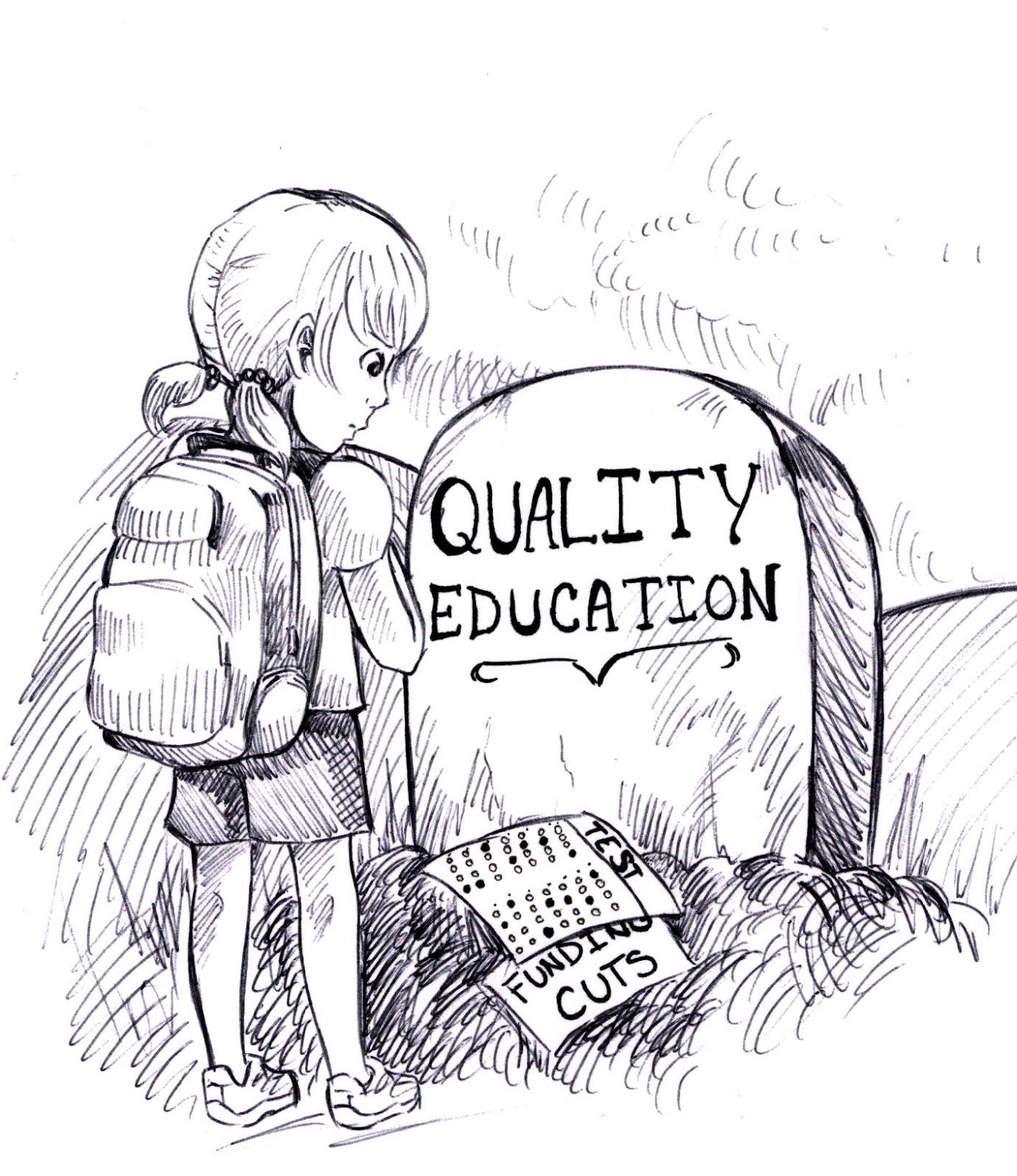The first part of School: The story of American public education recounts the early history of the first conversations about the possibility of creating a functioning public school system. The book informs readers of the first attempt made by the colonizers to create schools for town children, which were called “common schools.” These early attempts unified communities because they all shared the goal of creating a space to educate their children. They would all scrap up anything they could together to hire a teacher. Though the settlers didn’t have much, they still came together as a community to do anything they could to hire a teacher.

The book then narrates the early efforts of people like Thomas Jefferson's work to push forward a public school system for the states. This early attempt divided the United states people because of the proposition to collect taxes to fund public schools. Funding for public schools causes a huge controversy over who deserves the taxpayers’ money. For example, in the early 1700s, schools were only available for white female children up to three years despite being much longer for white male children. Opinions on who deserves education also led to the conversation of what should be taught in these schools. For example, white female children’s education was mainly focused on housewife duties while the boys were taught more academic lessons. A divide between higher class and lower class people of the United States developed because those with more money could pay for longer or more education without depending on taxpayers’ money.
Later throughout the years in the book, the United States continues to divide itself within these conversations when other religions are brought into the conversation. The early settlers of the United States preached Protestant practices and this heavily influenced the public school education that they offered. Religion comes into conversation when immigrants with different religious backgrounds start to settle in the U.S. and don’t want their children being taught things that don’t fit their religion at home. As others begin to speak out about the unfairness in the public school system accommodating the majority more than other Americans, the conversation of schooling for African American and Native American children surfaces. The U.S. underfunded separate but “equal” schools for people of color. As more leaders of these under-represented groups began to emerge and speak out for them, it influenced the unity that exists today to pursue what’s known as the “American Dream.”
:max_bytes(150000):strip_icc()/American-Dream-ADD-Source-1354a3da787248f89b8811f87c91ec5f.jpg)
Access to free public education is the reason the United States differs from other countries, especially back then in the earlier times of the newly recognized country. As Thomas Jefferson once stated, education is the key to preserving democracy. The country was founded as a way for citizens to obtain freedom away from a dictatorship or a monarchy. In order for democracy to live, education is necessary to push forward against any obstacles made by those who have the upper hand in society. Education is a weapon; it’s been utilized by every marginalized group in history, and it’s available to the average American citizen whereas, in other countries, that right has been stripped from its people.
Like many others that have come before me, I have planned to use education as my way out of unfortunate situations. My grandmother has pushed my education forward with the constant reminder that she wasn’t as fortunate as me; now, she has to depend on others to read and interpret important documents of everyday life. My hard work towards my education has awarded me free college and what’s considered “high-earning” jobs for a person as young as I am. My education has been my shield of protection from everything I’ve been through, and I couldn’t be thankful enough for this opportunity as a woman of color in today’s society.





No comments:
Post a Comment